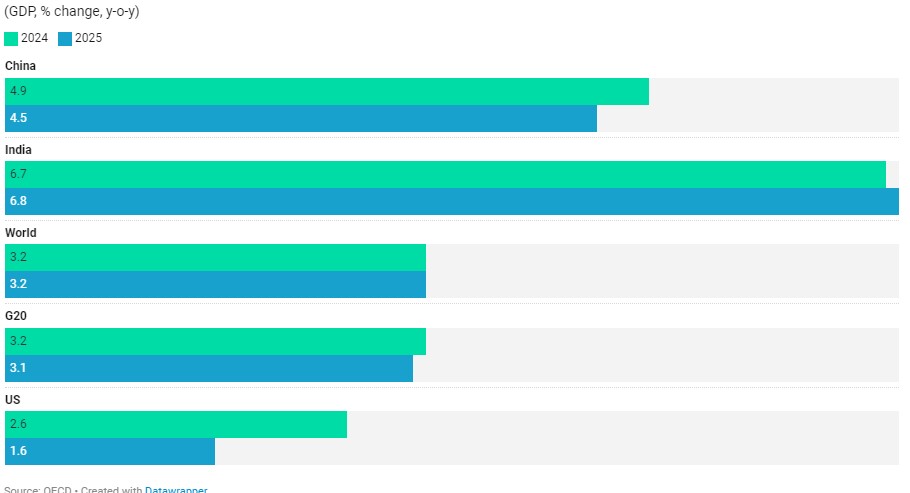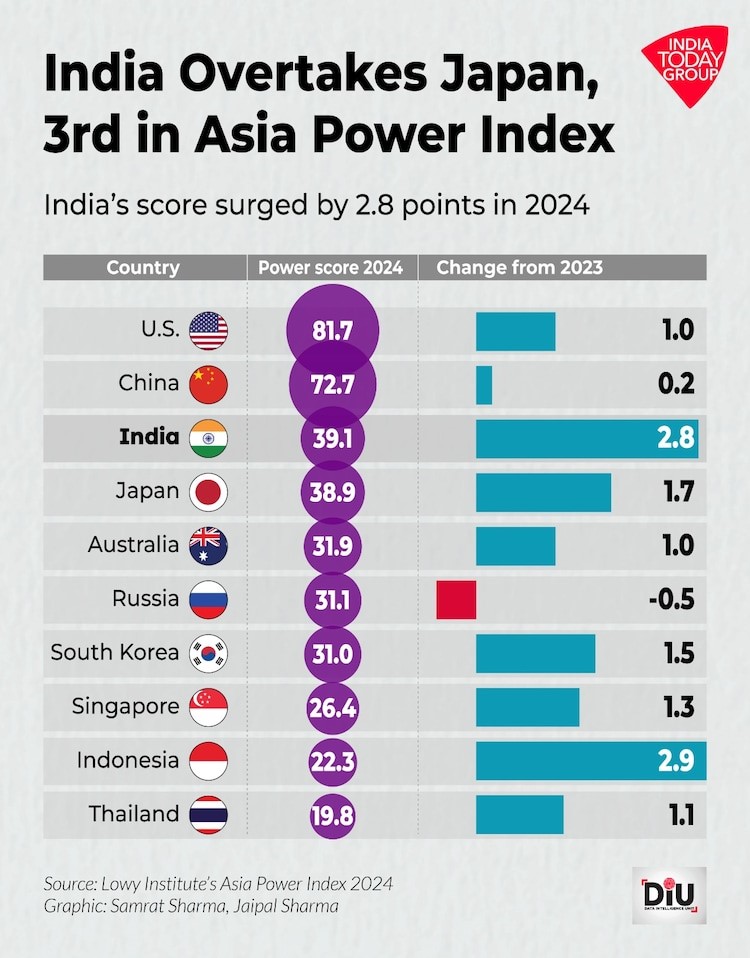OECD recently revises India’s FY25 growth forecast upward to 6.7% in its Interim Economic Outlook.
Analysis

Trends
Global GDP growth is projected to stabilize at 3.2% in 2024 and 2025.
References
Uganda Celebrates Conservation Success on World Gorilla Day titled Over 30 Years of Impact in Mountain Gorilla Conservation.
Gorillas
Reference
Down to Earth | World Gorilla Day 2024
Ministry of Information and Broadcasting recently says that India surpasses Japan to become 3rd largest power in Asia power index.
Status of India, 2024

References
The Supreme Court called for the need to have sex education programs in schools in an effort to mitigate the menace of child pornography.
References
United Nations General Assembly (UNGA) Global leaders recently embraced the Pact for the Future.
Global Digital Compact
Declaration on Future Generations
Reference